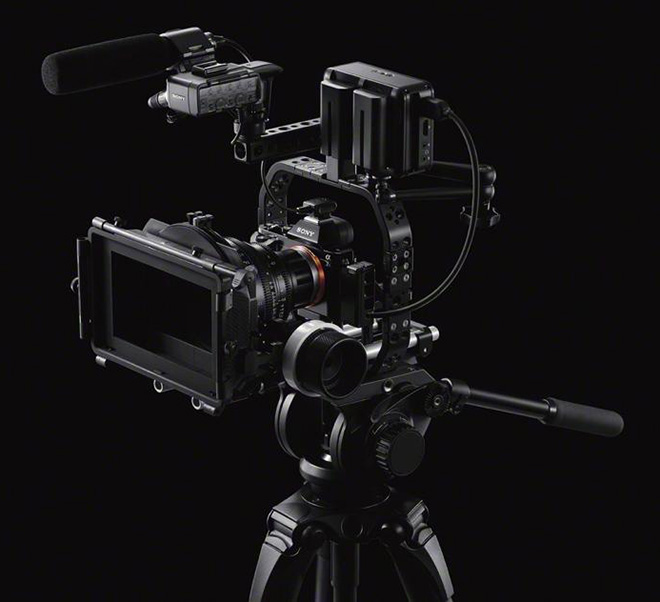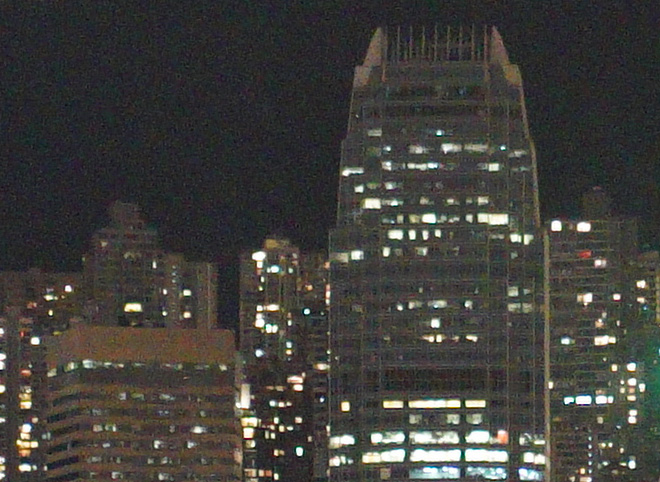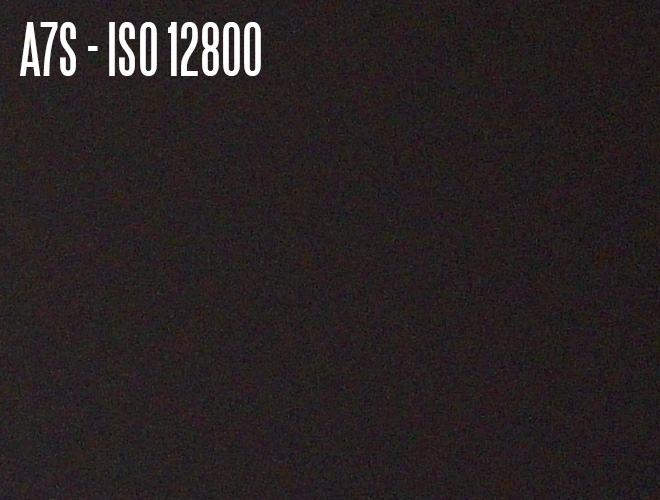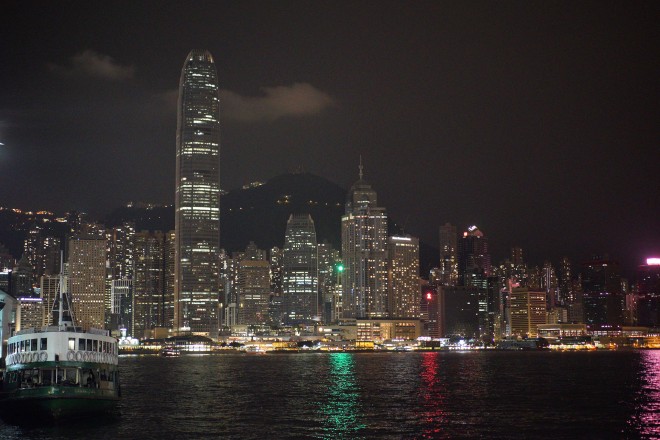
All the high ISO footage from the Sony A7S so far have been highly compressed and streamed on YouTube. Here we have not one but two stages of very aggressive noise reduction being applied to the images. If you want to see it without the heavy compression removing all trace of noise, here’s a full resolution JPEG shot at ISO 12,800 from the camera courtesy of DCFever…
You can download it below…
The 4K video output of the Sony A7S will be very similar to JPEG stills because it is doing the same full pixel readout and image processing on the raw camera data.
Obviously in a raw photo the noise will look better and you can do better noise reduction on it.
To watch the footage scaled to 1080p and compressed on YouTube you’d think all the noise has vanished though, and this is not the case…
I’d say ISO 12,800 is really the usable maximum on this camera.
Detail at 1:1 (JPEG, ISO 12,800)

Noise grain at 1:1 (JPEG, ISO 12,800)

Overall image scaled to 660 pixels horizontal to fit the blog (click for a 1080p scaled version)
Download the original JPEG at DCFever
Or mirror of the JPEG file if their server is slow
At 4K when viewed at 100% the noise is very heavy and the camera’s internal JPEG noise reduction had smudged quite a lot of detail, but it’s still impressive and compares well to the much more expensive Nikon D4, Canon 1D X and Canon 1D C.
In fact it looks very similar to how I remember the 1D C’s 4K MJPEG at ISO 12,800.
When scaled to 1080p the shot is just about usable but it is very noisy without further noise reduction in post. Scaled right down to 660px for this blog page as shown above and the shot is as clean as a whistle of course! For Vimeo at 720p the image is definitely usable at ISO 12,800.
I am eagerly looking forward to the Sony A7S and the creative potential of shooting in such low light. I’ve already some experience of this and it’s a lot of fun. Here’s the Panasonic GH2 at the same ISO (12,800). It actually doesn’t look bad at all in monochrome, though colour came out smashed to pieces at this ISO level, plenty of fine grain and detail was maintained by the camera. The GH series was never acclaimed for their low light potential. Creatively though, it’s a different matter. I have had nice results from 640 x 240 at 400fps on the Nikon V1 so it isn’t about pixel peeping!!
[vimeo]http://vimeo.com/31835141[/vimeo]DCFever also touches on S-log with some 1080p samples shot internally using XAVC. The page however is in Chinese.
Here’s a sample showing basically how it differs to the other modes and how much more dynamic range is maintained in the image (though whether that is still the case after you grade it is yet to be seen).
[youtube]http://www.youtube.com/watch?v=RLBy0MfKtvU[/youtube]Finally here’s Den Lennie’s low light comparison vs the 5D Mark III, though on YouTube unfortunately which as you can hides all the noise at 6400 on the 5D Mark III!
[youtube]http://www.youtube.com/watch?v=wGr_hXgJVGs[/youtube]


